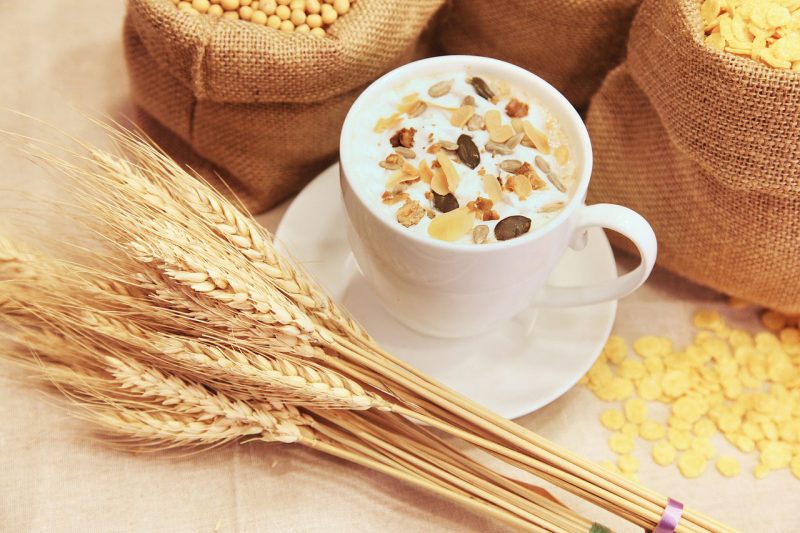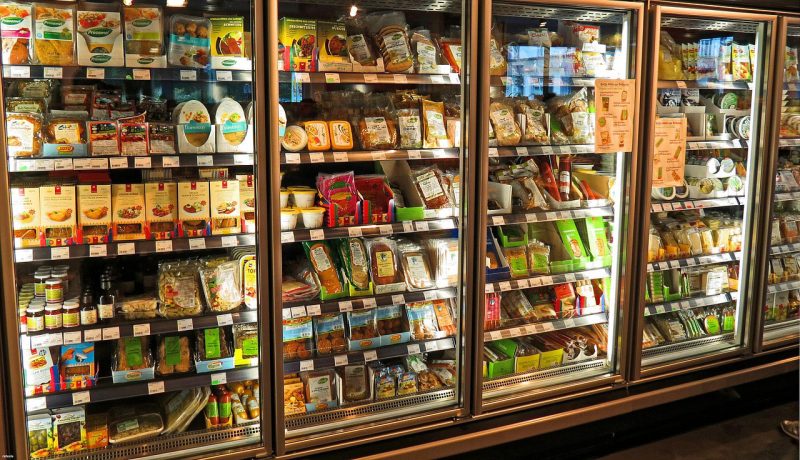Beth from Positive Plate Nutrition explains why removing gluten from your diet may not be enough to combat coeliac disease symptoms
Today, I’m talking about something called coeliac cross reactivity. There are certain proteins in other foods (usually grains or pseudo-grains) which are structurally or molecularly similar to gliadin, the protein which causes a reaction in coeliac disease. The body has produced antibodies that set off an inflammatory response on the ingestion of gliadin, and this can happen with similar proteins that the body mistakes as gluten.

For example:
- Oats – although gluten-free, they contain avenin which is similar in structure to gliadin in gluten
- Buckwheat
- Quinoa
- Corn Millet
- Amaranth
- Sorghum
- Dairy – is slightly different but contains lactose, a sugar which can be challenging to digest in coeliacs
Some people will be more sensitive to cross-reactivity than others, and some won’t find it to be an issue at all. It depends on the individual.
If you are coeliac and still experiencing symptoms after excluding gluten, it is worth considering cross-reactivity and possibly excluding some of these foods mentioned above. Work alongside a practitioner to explore this further and to guide you to safely alter your diet. Restricting your diet needs to be carefully monitored so you’re not missing out on essential nutrients. As usual, working on gut health and repair is imperative.
Why gluten-free products aren’t the best alternative
I’m mainly talking about the ‘free from’ alternatives you find in supermarkets, especially bread. Although a lot of products in supermarkets – ‘free from’ or not – are overly processed with too many ingredients these days, there are steps you can take to ensure you are choosing the healthiest options for you.
Most gluten-free products are based on:
- Rice
- Corn
- Potato
- Gums
- Thickeners
- Stabilisers
- Colourings
- Sugars under the guise of many names
Gluten-free products such as bread are looking to replace the elasticity found in gluten, making it supple and fluffy, which requires a lot of strange ingredients and processing. In addition, they need to ensure shelf life which comes with a concoction of chemicals too. One leading supermarkets own brand gluten-free bread has over 20 ingredients listed including colouring, flavourings and stabilisers.
Better alternatives are:
- Make your own bread and freeze it, taking slices when you need it
- Seek out products such as pasta that are not in the free from section e.g. Red lentil and chickpea pasta which consist of one real food ingredient and are found with the wheat pastas.
- Avoid the free from section for ‘replacements’ with the exception of pure gluten-free oats and things like tamari
- Stick to fresh produce including herbs, whole cuts of meat and fish, nuts, seeds, oils, canned beans and pulses, chopped tomatoes, some pastes and condiments, herbs and spices, frozen fruit and veg, products with as few ingredients as possible e.g lentil pasta, eggs, all real food
- Instead of bread, gluten-free oatcakes and wholegrain rice cakes can make an easy alternative on the go
- Make your own bread and dough for things like pizza
- Source products like buckwheat, gram, tapioca, coconut and almond flour from a health food store or good supermarket and keep these as staple replacements for making dough
- Cook from scratch as much as possible
- Check labels. If you don’t know what you’re reading your body won’t recognise it as food either
Thanks to Beth Raven from Positive Plate Nutrition.
Read more from our health archives, including Do I Have Coeliac Disease? and What To Do If You’ve Been Glutened.

